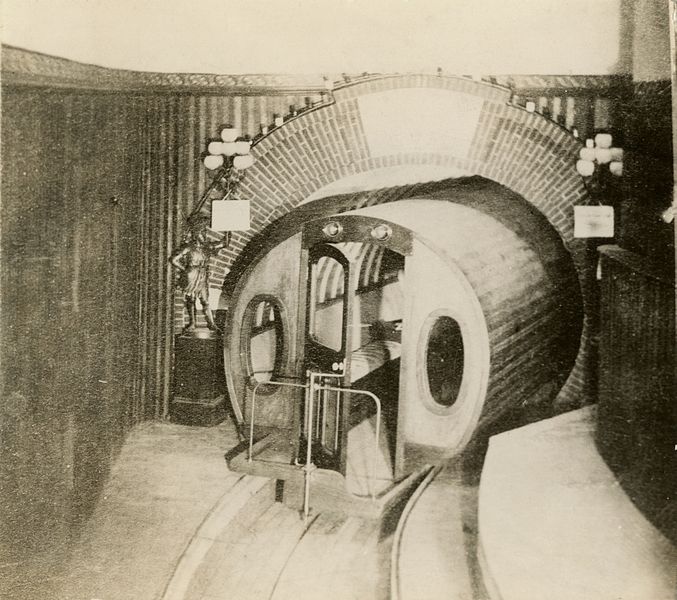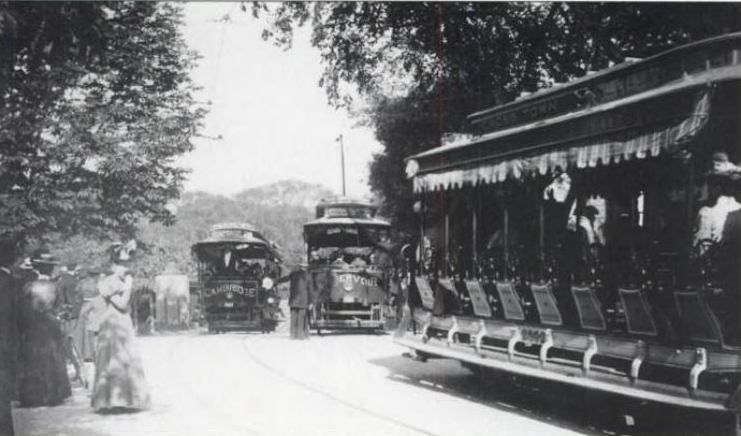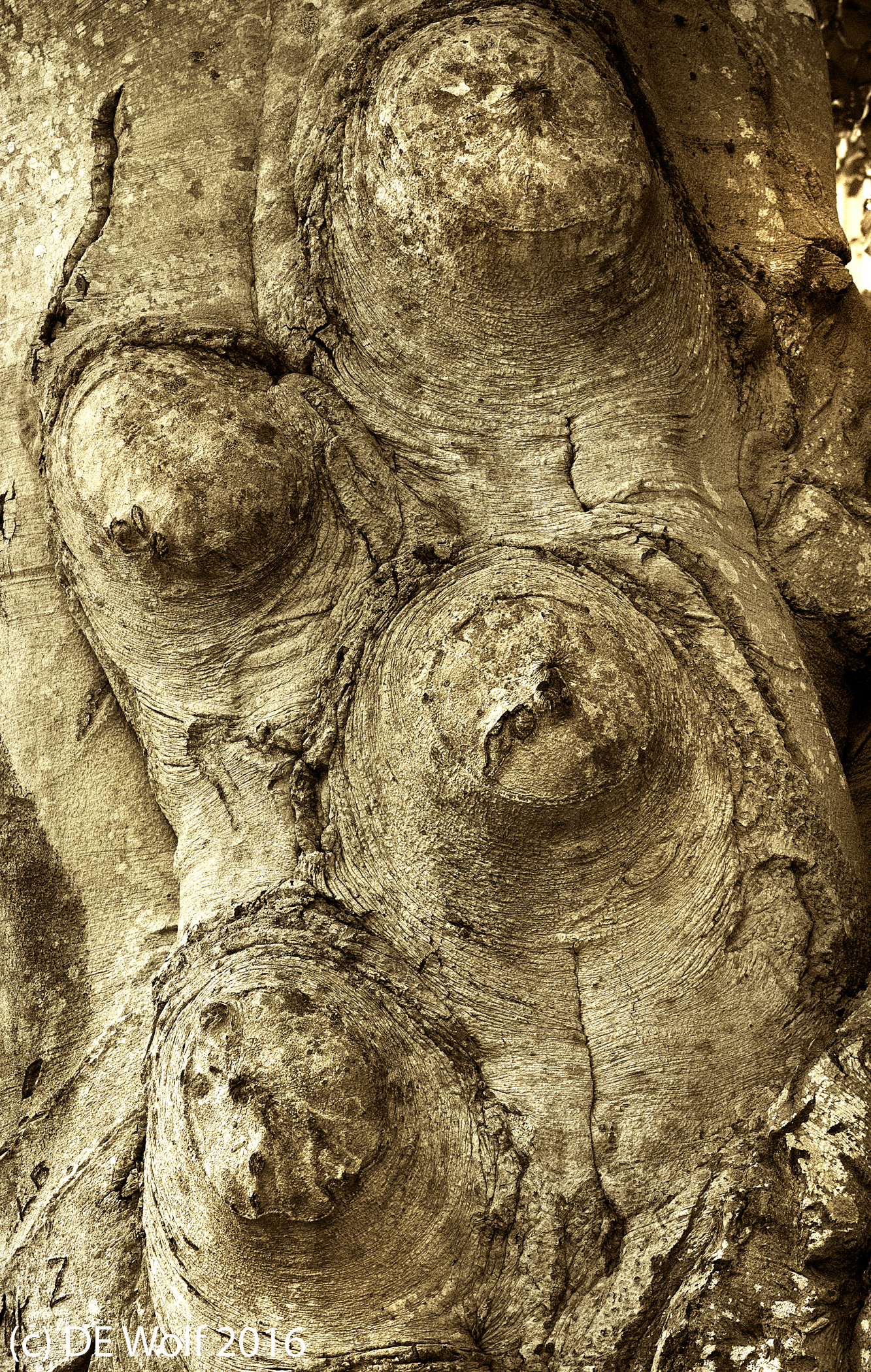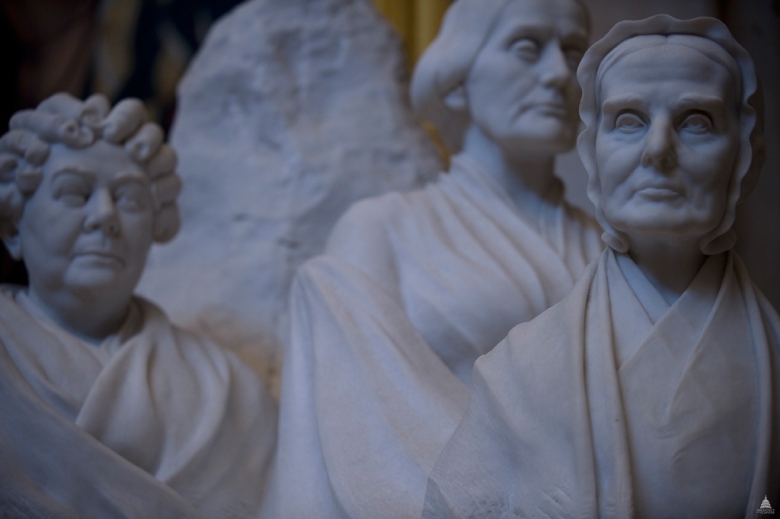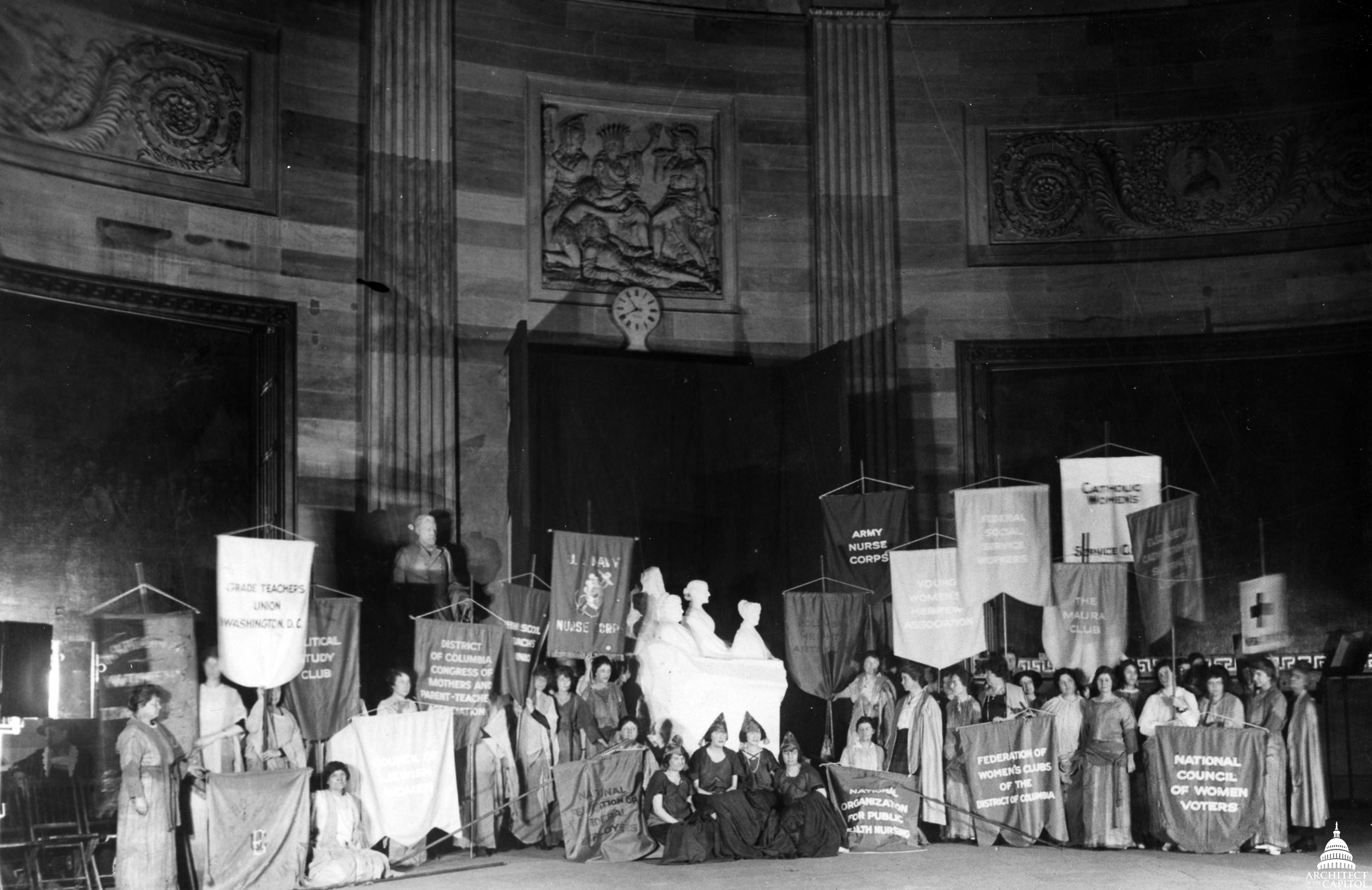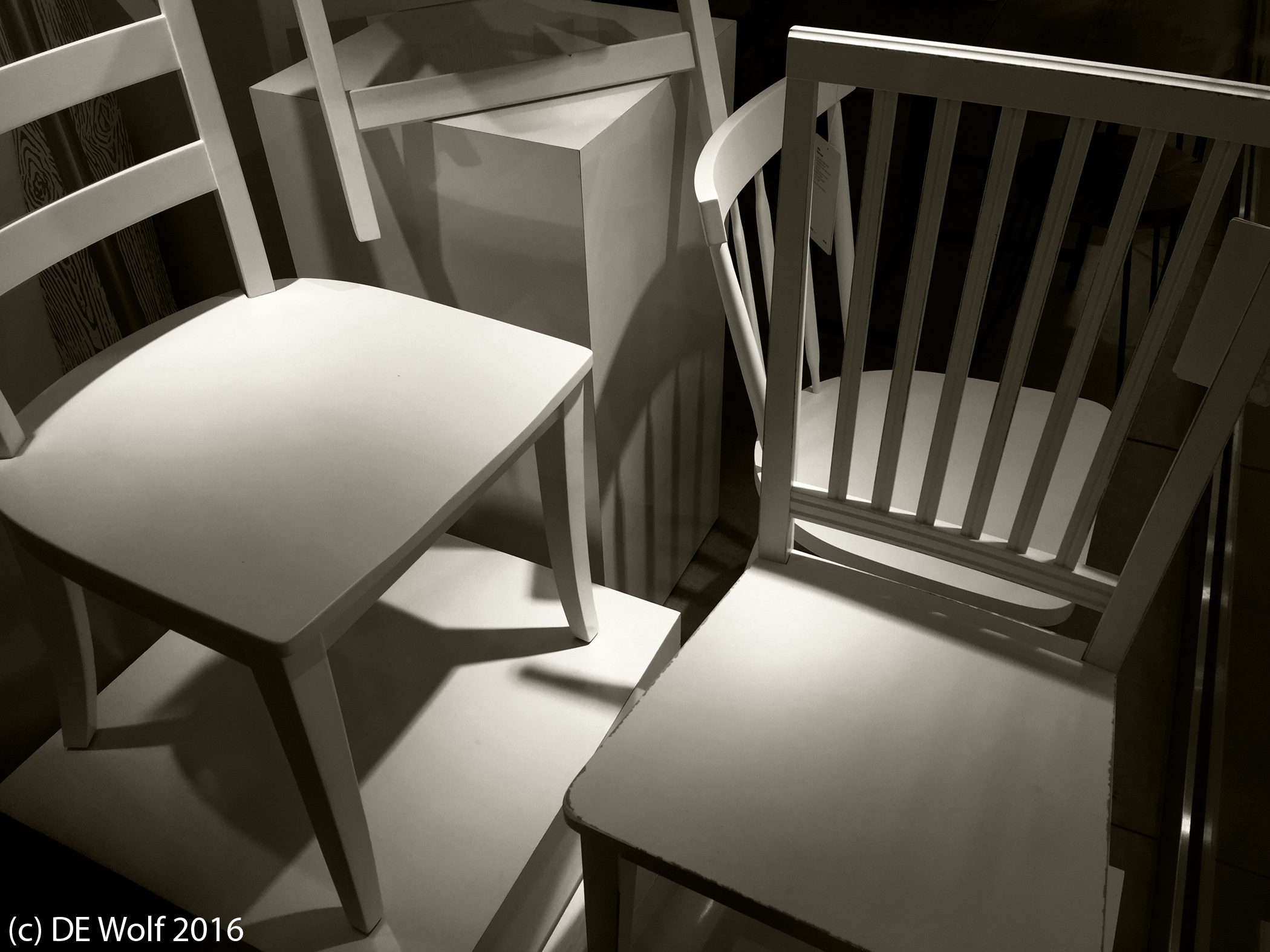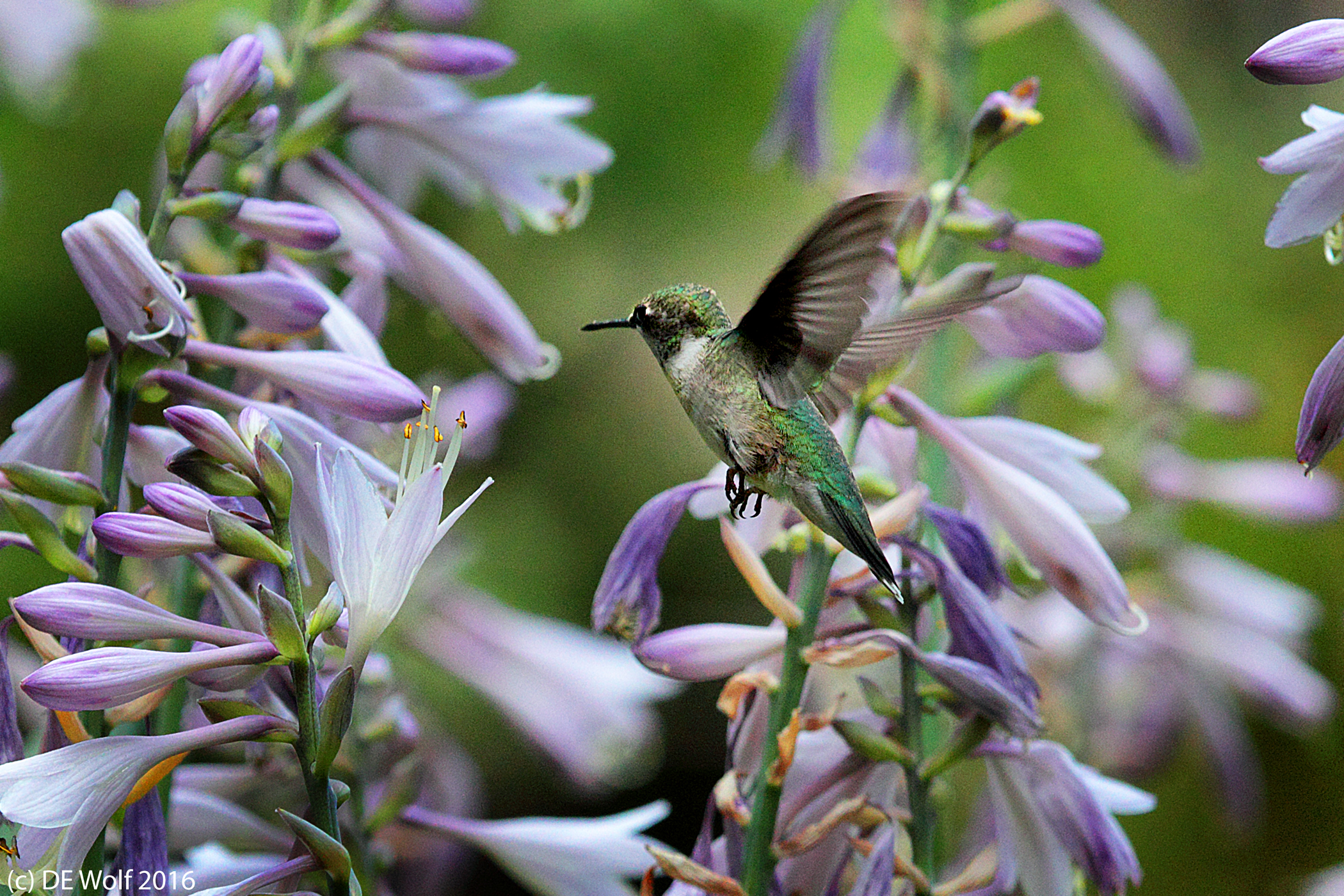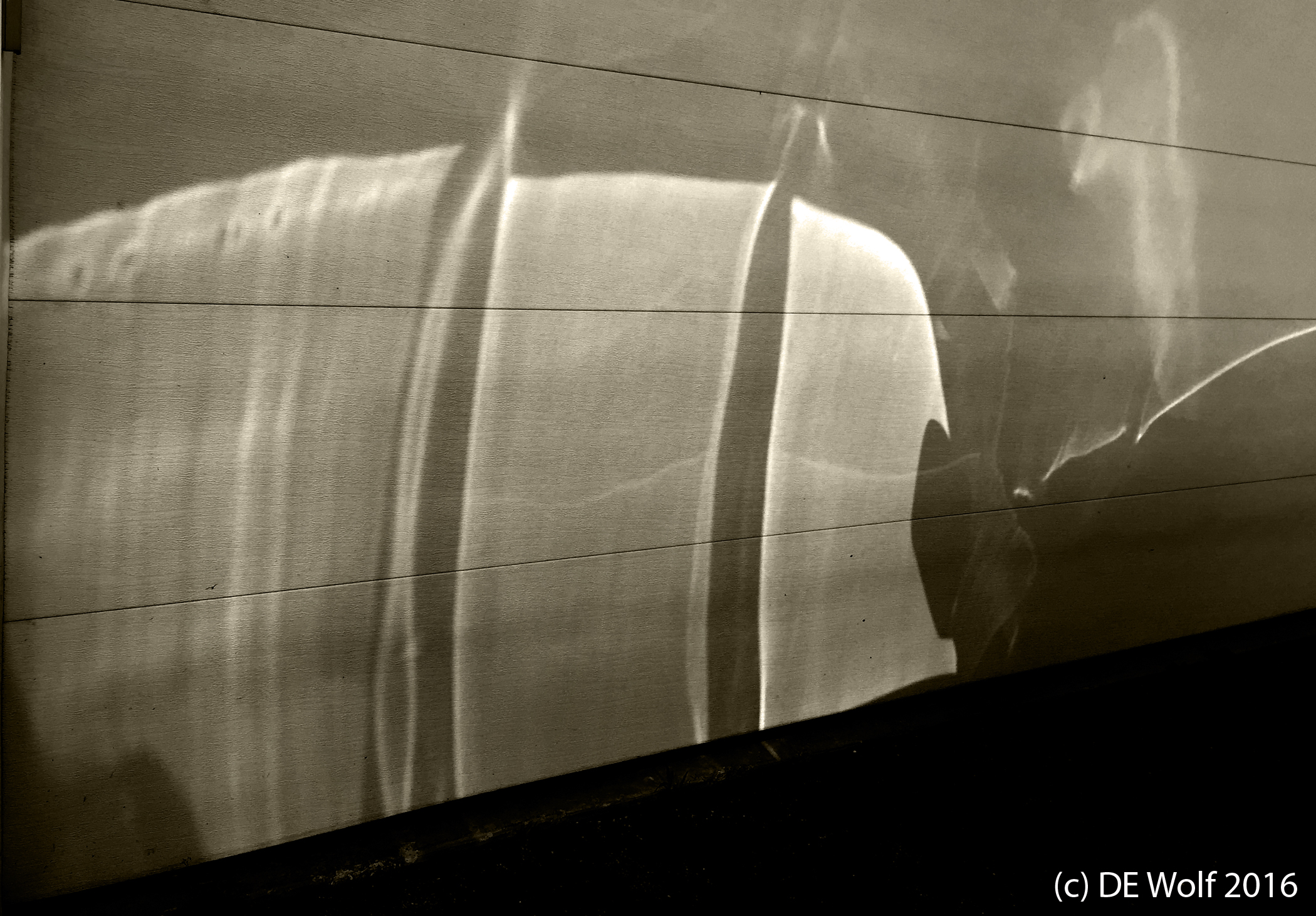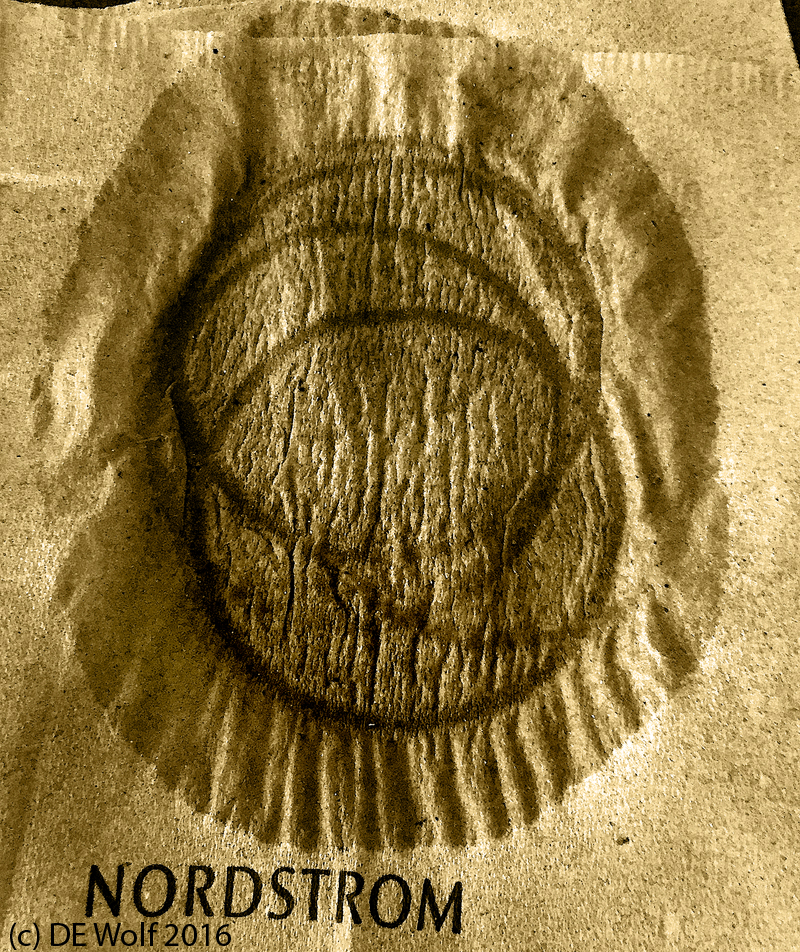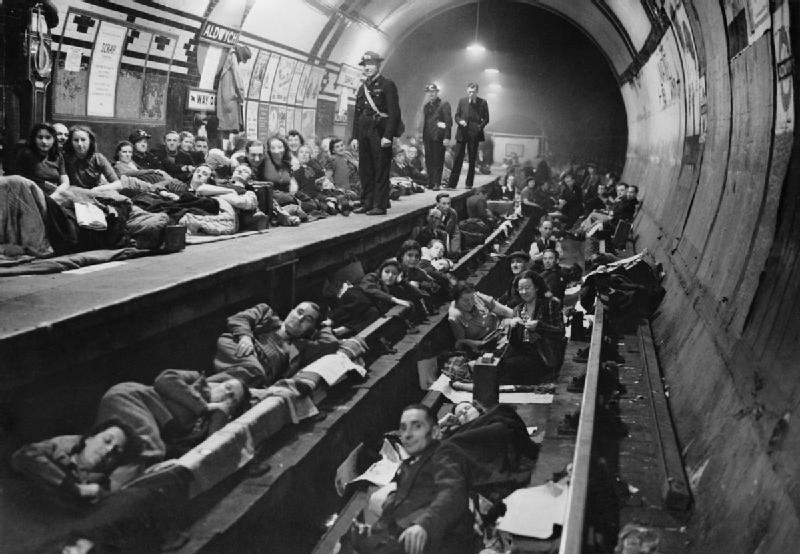
Figure 1 – People seeking shelter during an air raid in the London tube (1940). From the Wikimedia Commons, released by the Imperial War Museums under IWM Non Commercial Licence.
I’d like to end this little three-part series about subways and historic subway photographs with the image of Figure 1. This is a photograph that really does not require a title. It is both memetic and thematic. This is Aldwych tube station 1940. And the meme is that the English people were indomitable. In that regards it speaks to an important point for those of us who in our time face constitutional travail, that as Edward R. Murrow said “we are not descended from fearful men.” People sacrificed for us, and we should not out of fear succumb to the narcissist who calls on us to sacrifice our democratic ideals and institutions.
The clarion call to history and purpose is why such photographs are so moving. These people appear to be like the Eloi of H. G. Wells’ “Time Machine” driven into the mechanized tunnels by the Morlocks. But they retain their humanity and individual identities despite becoming trologytes. You can imagine a personal story in everyone of the faces. This sense of the “undead” is emphasized by the stark flash-lamp illumination. But note, that to a man and woman they are engaged with the photographer and through the photographer with us. They recognize the importance of what is happening to them.
We have spoken before about how photography captures and instance in time and acts as a means of time travel. Here it is palpable and quite intentional on the part of both the subjects and the photographer. They mean to speak to us. They mean to challenge us.

